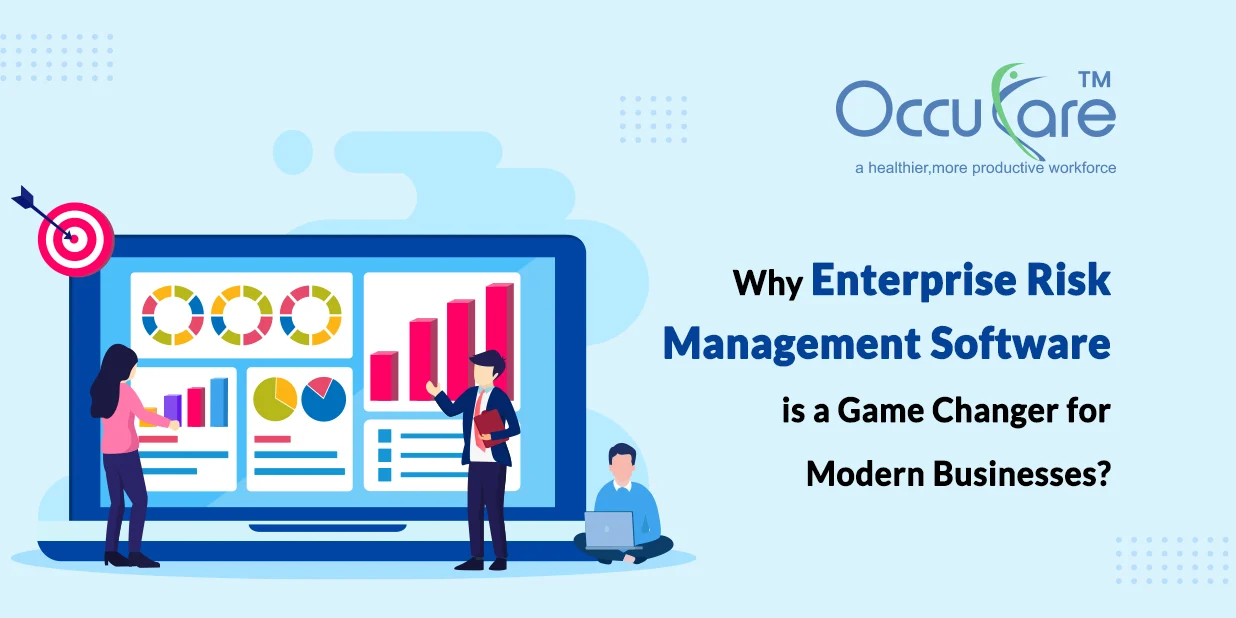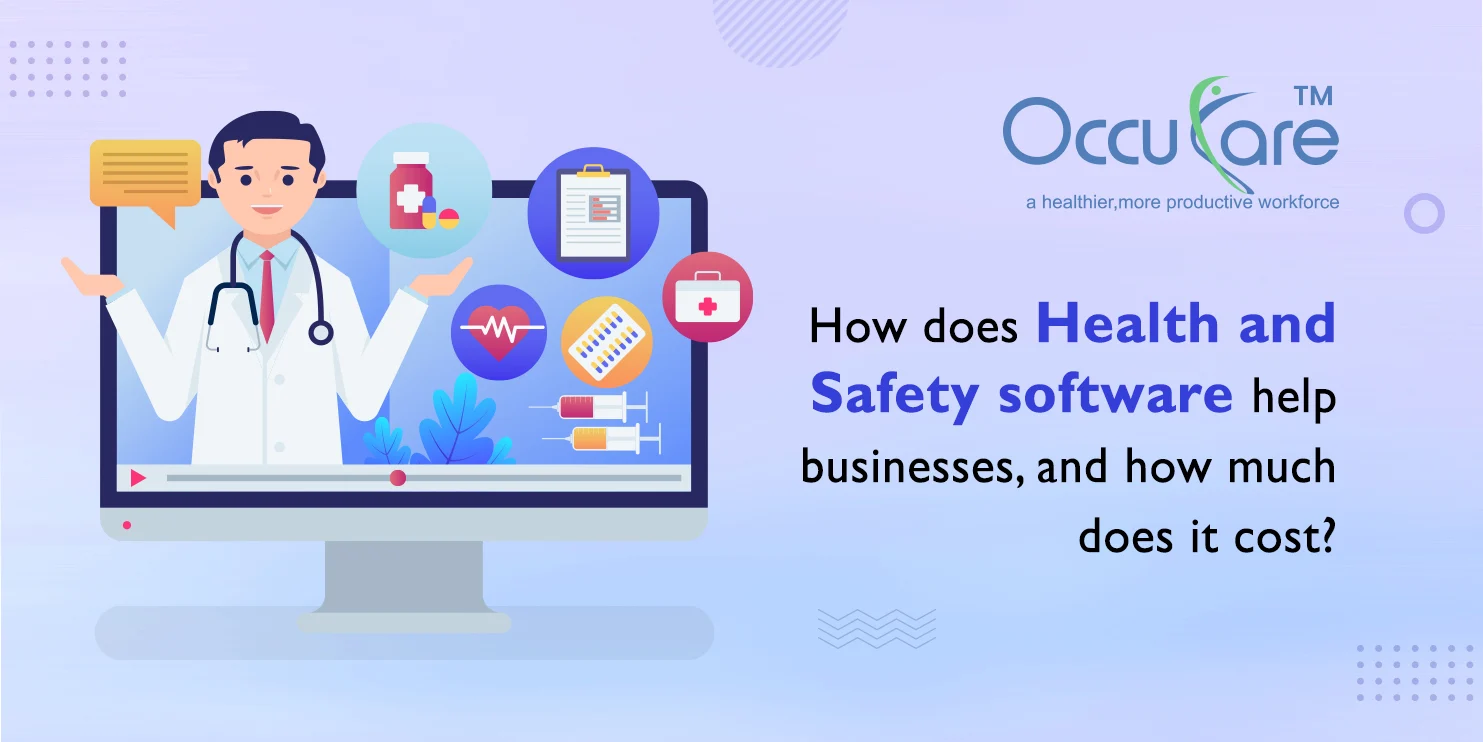Organizations have to manage a growing number of hazards in the quickly evolving business environment of today. Threats to cybersecurity, difficulties with regulatory compliance, environmental issues, and even interruptions in global supply chains are some examples of these dangers. Businesses require a successful plan to recognize, evaluate, and reduce these risks if they are to prosper. Software for enterprise risk management (ERM) can help with this. Looking ahead to 2025–2026, enterprise risk management software is more than just a tool; it’s a revolutionary technology that can redefine the way companies handle risk. This blog will discuss the importance of enterprise risk management software for contemporary companies and how it may transform risk assessment and mitigation techniques.
Rising Importance of Enterprise Risk Management (ERM):
An organization’s risks can be identified, evaluated, and managed holistically via enterprise risk management. Businesses used to handle risks separately, reacting to them as they appeared. However, companies can now adopt a proactive stance thanks to the introduction of OccuCare software.
How Enterprise Risk Management Software Helps Businesses Stay Ahead?
By giving them a cohesive perspective on all risks, decision-makers are better equipped to reduce exposure and safeguard the company’s assets. Businesses can monitor, evaluate, and reduce risks in real time with the help of it. ERM software integrates risk data throughout the entire organization, in contrast to traditional approaches that frequently rely on manual risk assessments software and departmental silos. This gives decision-makers a cohesive perspective on all risks, enabling them to make well-informed choices that reduces exposure and safeguards the company’s resources.
The software can reduce human error and save time by streamlining and simplifying workflows from risk identification to reporting. ERM software ensures that no risk is missed by centralizing risk data, allowing businesses to conduct real-time and monitor risk mitigation initiatives.
This is even more important as businesses deal with more regulatory demands in areas like financial reporting, ecological effects, and data safeguarding the environment. Businesses may make sure companies adhere to health and safety regulations and stay out of trouble through the implementation of resources like OSHA compliance software.
Role of Risk Assessment Software in Enhancing Business Agility:
Businesses can evaluate prospective dangers in a variety of areas, comprising operational, financial, legal, along with technological threats, with the use of risk assessment software.
Companies can prioritize their risk management efforts by using risk assessment system, which offers comprehensive insights into the probability and potential impact of various hazards. For example, companies can limit exposure swiftly by implementing mitigation techniques if a risk has been determined to have a high probability and impact. Such flexibility is crucial in a fast-paced commercial setting where dangers may appear at any time.
In addition to the requirements required by law, providing a safe workplace is also ethically acceptable. Businesses can find possible risks associated with work including malfunctions in equipment, chemical exposures, or even ergonomic hazards that might result in injuries by utilizing sophisticated software. Additionally, by proactively addressing these hazards, the program can reduce the probability of accidents and enhance workplace security in general.
Integration of Health Risk Management in ERM Software:
Health hazards, whether they pertain to the health of the general population or the well-being of employees, have an important influence on business continuity. The global COVID-19 pandemic, for instance, made clear just how essential it is for companies to have a strong health risk management plan in place.
This involves keeping track of the widespread spread of infectious diseases, overseeing efforts to promote wellness, and dealing with environmental variables that may have an effect on worker health. Businesses can safeguard their workers by lowering absences from work, improving employee happiness, and guaranteeing company continuity with the use of immediate time data and predictive analytics.
In order to encourage employee wellbeing, many companies are also using health risk management techniques and providing tools for stress, mental health, and physical fitness management.
Enhancing Occupational Risk Assessment with Technology:
The role of occupational risk assessment is another essential component. There are multiple hazards at work that can cause incidents, wounds, and even long-term health problems for workers.
Businesses can do comprehensive assessments and create safety procedures that reduce these hazards through applying technology. In addition to safeguarding workers, this maintains adherence to industry rules such as OSHA standards.
Additionally, ERM software’s occupational risk assessment capabilities may track accidents in real time, automate safety audits and inspections, and offer useful insights to enhance safety procedures. By lowering the possibility of accidents and fostering a culture of health and wellbeing, this guarantees that companies can uphold a high standard of workplace safety.
Benefits of Real-Time Data and Predictive Analytics:
Enterprise risk management system may forecast future risks and assist businesses in making adequate preparations by utilizing sophisticated algorithms and historical information analysis. Predictive analytics, for instance, can forecast manufacturing distractions, evaluate possible monetary hazards, and spot new market trends. Businesses are able to take proactive actions to reduce potential risks before they become substantial thanks to this foreknowledge.
For example, it can identify trends in employee discontent or possible violators of the law, providing businesses to sort out these concerns before they become more serious ones. Businesses can safeguard their agility and responsiveness and immediately adjust to shifts in the market or operational circumstances by keeping an uninterrupted supply of data and predictive insights.
Streamlining Compliance with OSHA Compliance Software:
A number of the largest issues facing today’s businesses are maintaining compliance as standards keep changing. Regulation violations may lead to significant fines, harm to one’s reputation, and pauses in business operations. Fortunately, OSHA compliance software, which assists companies in meeting workplace safety regulations developed by the Occupational Safety and Health Administration (OSHA).
Businesses can easily obtain the information and records required to prove compliance in the case of an audit or investigation. Knowing that the company is adhering to all relevant health and safety regulations not only saves time but also gives peace of mind.
Conclusion:
Businesses need to be ready to operate in an increasingly unstable environment in an era characterized by complexity and risk. With assistance of ERM software, businesses can manage concerns in a proactive, data-driven manner, enabling them to recognize and reduce risks before they trigger significant issues.
Businesses can obtain a competitive edge in a market that is constantly evolving by utilizing these technologies to protect their employees, increase compliance, and streamline processes. Businesses can change their risk management tactics and guarantee long-term viability, expansion, and success in the face of uncertainty by adopting these innovative solutions.








